David Hume famously argued that when he went looking for the self by introspecting his own first-person experience he was unable to find it. More recently Kai Vogeley and I argued that neuroscientists have a similar problem.
When they go looking for the self, using advanced imaging technology, they find the self both everywhere and nowhere in the brain. That is, so many areas of the brain activate under different conditions involving self-reference or self-related tasks that no one area can be defined as self specific.
Some theorists point to the default network which activates as a resting state when we are not focused on some task in the world, but rather may be self-ruminating. In fact, however, numerous experiments have shown that the default network, overlapping with cortical midline structures, which already covers a quite large set of brain regions, activates for self-other differentiation, which means it involves others and not just self. These areas are involved in social cognition (theory of mind) tasks when we attempt to understand the actions and minds of others. They may also be involved in various kinds of reflective judgment tasks.
The search for the self is complicated by different methodologies and different subject groups, so that variations in experiments result in different areas being activated: left anterior insula, putamen, pulvinar, the right anterior cingulate cortex, globus pallidus, left fusiform gyrus, anterior cingulate cortex, right supramarginal gyrus, superior parietal lobule, precuneus, right middle, superior, and inferior frontal gyri, right insula, hippocampal formation, lenticular and subthalamic nuclei, left prefrontal cortex (inferior and middle frontal gyri), right middle temporal gyrus, left cerebellum, as well as parietal lobe … etc.
When we explicitly go looking for the self we adopt a reflective attitude toward ourselves, or we take the self to be a kind of object to be discovered.
I think there are two important issues that both Hume and the neuroscientists need to wrestle with. The first is that when we explicitly go looking for the self we adopt a reflective attitude toward ourselves, or we take the self to be a kind of object to be discovered. This is clear from Hume’s introspective exercise: he looks for what we typically consider the self to be – something self-same or identical over time in the flowing change of experience. He doesn’t find it.
 SUGGESTED READING
Leading philosophers at HowTheLightGetsIn Global
By
Nonetheless, he doesn’t doubt that he is looking into his own flowing experience (rather than yours), and he is not puzzled about who is doing the reflecting. Likewise, in the majority of neuroscientific studies the experiments are set up to test the subject’s ability to recognize, for example, their own photo compared to the photos of others, or their own actions compared to the actions of others. In such cases we are being set up to look at ourselves from the outside (as a perceived image), so to speak, rather than grasping ourselves as the perceiving agents. Even when we are looking ‘inside’ (introspectively) we expect to find some kind of stable object that we can identify as our ‘self’. What we miss in such projects is what phenomenologists call pre-reflective self-awareness.
SUGGESTED READING
Leading philosophers at HowTheLightGetsIn Global
By
Nonetheless, he doesn’t doubt that he is looking into his own flowing experience (rather than yours), and he is not puzzled about who is doing the reflecting. Likewise, in the majority of neuroscientific studies the experiments are set up to test the subject’s ability to recognize, for example, their own photo compared to the photos of others, or their own actions compared to the actions of others. In such cases we are being set up to look at ourselves from the outside (as a perceived image), so to speak, rather than grasping ourselves as the perceiving agents. Even when we are looking ‘inside’ (introspectively) we expect to find some kind of stable object that we can identify as our ‘self’. What we miss in such projects is what phenomenologists call pre-reflective self-awareness.














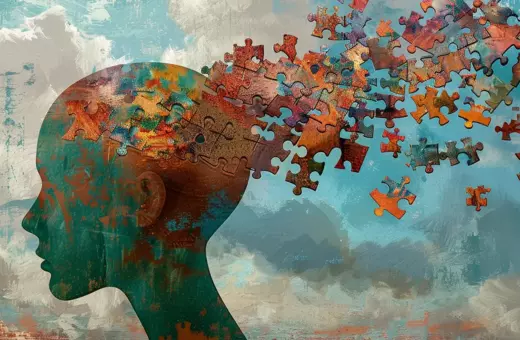
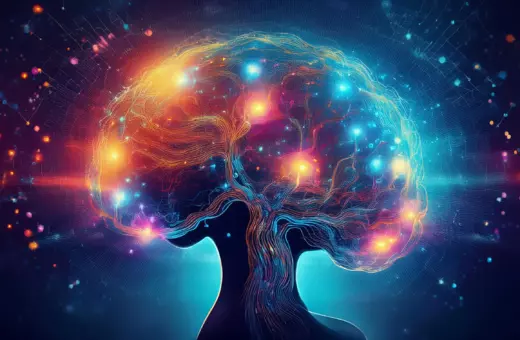
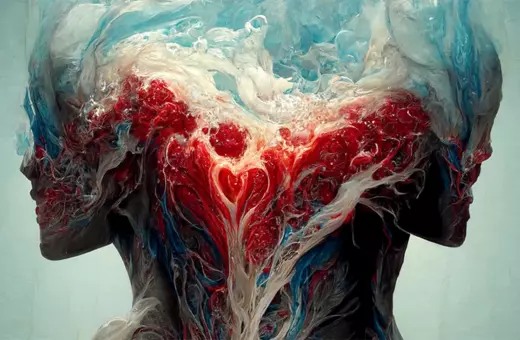

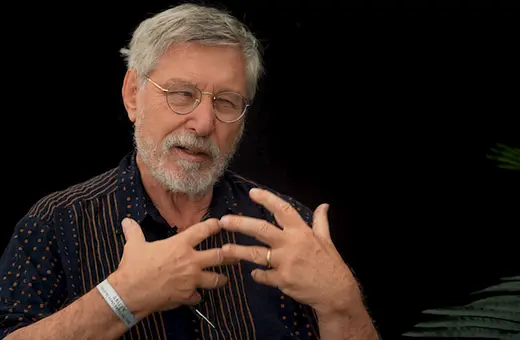

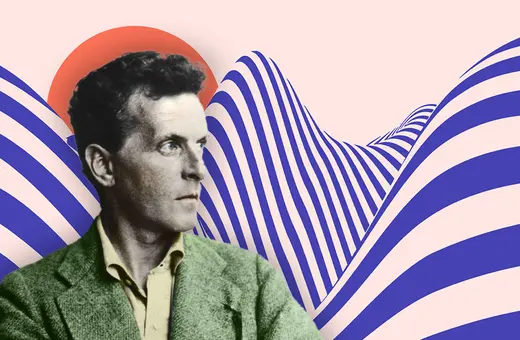
Join the conversation